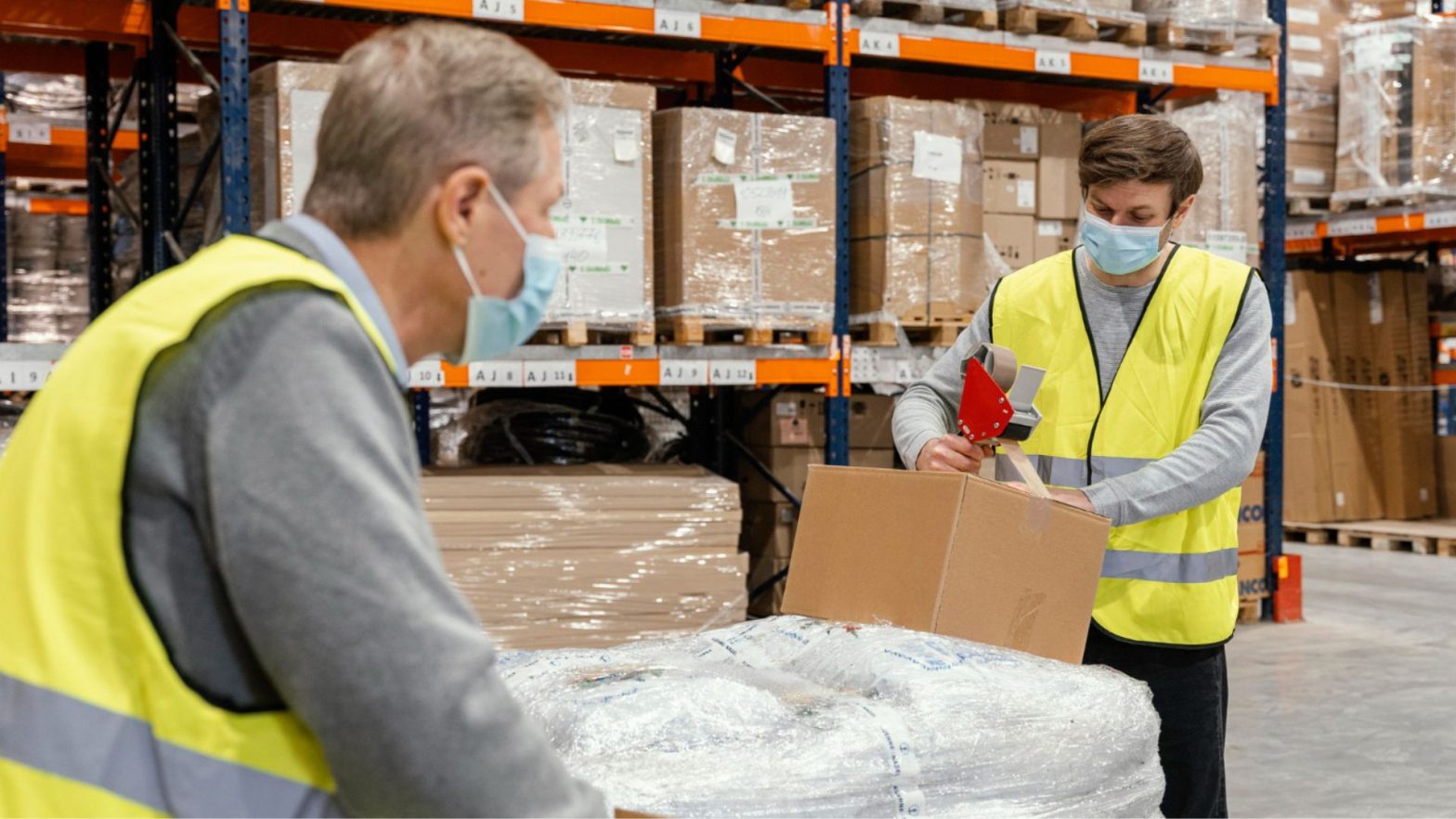When it comes to shipping paper products, pulp rolls, and packaging materials, choosing the right pallet configuration isn’t just about saving space—it’s about protecting your product, optimizing freight costs, and meeting customer expetions. Whether you’re shipping lightweight corrugated cartons or heavy-duty custom sheet sizes, the configuration of your pallets directly impacts your distribution efficiency and bottom line.
In this post, we’ll break down the essential considerations for selecting the correct pallet configuration for paper and packaging freight. We’ll also incorporate both short- and long-tail SEO keywords to enhance discoverability for distributors and logistics professionals.
Why Pallet Configuration Matters in Packaging Logistics
Short-tail keywords: pallet loading, shipping pallets
Long-tail keywords: best pallet layout for packaging distribution, pallet configuration for custom paper sheet freight
A poorly configured pallet can result in damaged goods, higher freight charges, and rejected deliveries. For paper and packaging distributors, the stakes are high—clients expect high-volume, undamaged, and precision-timed deliveries.
Proper pallet configuration:
Maximizes space utilization in transport vehicles
Reduces risk of product damage from shifting or crushing
Supports fast loading/unloading processes
Complies with industry and retailer handling standards
Understand Your Product Dimensions and Weight Distribution
Short-tail keywords: paper dimensions, packaging weight
Long-tail keywords: calculating load weight for pallet shipping, size-based pallet configuration for paperboard shipments
Start by evaluating the size, weight, and stackability of your products. This will help determine how they should be arranged on a pallet to ensure stability and prevent collapse.
Key considerations:
Are your products uniform in size (e.g., reams of A4 paper) or irregular (e.g., custom corrugated die cuts)?
Is the product top-heavy or compressible?
What is the maximum stack height for your product without damage?
For example, custom-sized sheets often require flat stacking with interleaving layers and reinforcement, while lightweight cartons may benefit from column stacking to minimize surface damage.
Choose the Right Pallet Size for Your Supply Chain
Short-tail keywords: pallet size, standard pallets
Long-tail keywords: choosing Euro pallet vs. GMA pallet for packaging shipments, pallet size standards for paper freight
Different markets and transportation modes use different pallet sizes. The two most common:
GMA (Grocery Manufacturers Association) pallet: 48″ x 40″ — standard in North America
Euro pallet: 1200 mm x 800 mm — standard in Europe
Other options may include:
42″ x 42″ for drum or bulk paper shipping
48″ x 48″ for international or heavy-load packaging
Ensure that your pallet size aligns with both warehouse racking systems and transportation containers (LTL, FTL, or ocean freight).
Select the Appropriate Stacking Pattern
Short-tail keywords: stacking method, pallet layout
Long-tail keywords: interlocking vs. column stacking for packaging shipments, best stacking pattern for fragile paper products
The way your product is stacked on a pallet affects stability and protection. There are two primary stacking configurations:
Column stacking: Items are stacked directly on top of one another in uniform columns. Offers higher stacking strength and is ideal for rigid packaging.
Interlocking (brick) stacking: Items are staggered like bricks for added lateral stability. Best for unstable products or mixed loads.
For high-value printed materials or moisture-sensitive papers, column stacking with corner protectors and slip sheets is often the safest choice.
Don’t Ignore Load Height and Weight Limitations
Short-tail keywords: pallet load limits, shipping weight
Long-tail keywords: maximum pallet height for paper distribution, freight weight compliance for packaging loads
Carriers and warehouses often have specific height and weight limitations for pallets:
Standard maximum height: 60–72 inches (varies by carrier and warehouse)
Typical weight limit: 2,000–2,500 lbs. for standard wooden pallets
Ensure you factor in packaging material weight, protective layers, and potential shrinkage in tall paper stacks. Exceeding these limits can lead to delivery refusal or additional fees.
Use Load Stabilization Tools
Short-tail keywords: pallet wrap, load protection
Long-tail keywords: corner boards and stretch wrap for paper pallets, anti-slip sheets for packaging freight
To maintain your chosen pallet configuration during transit, use protective and stabilizing materials:
Edge protectors to shield paper edges or fragile boxes
Corrugated tier sheets to prevent load shifting
Shrink wrap or stretch film to secure the entire pallet
Strapping for heavy or high-stacked items
For high-moisture routes, consider moisture-barrier films or reinforced bottom sheets.
Consider the Mode of Transportation
Short-tail keywords: truckload shipping, freight mode
Long-tail keywords: LTL shipping pallet configuration best practices, configuring paper pallets for ocean freight
Different freight methods require different pallet planning:
LTL (Less-Than-Truckload): Requires palletized loads that minimize overhang and can withstand multiple handlings
FTL (Full Truckload): Offers more flexibility but still demands uniform palletization for stacking
Air freight: Prefers light, compact pallets with clear labeling and corner bracing
Ocean freight: Demands moisture protection, fumigated pallets (for wood), and ISO-compliant sizing
Plan your configuration based on how the pallet will be handled, transferred, and stored throughout the journey.
Labeling and Accessibility
Short-tail keywords: pallet labeling, freight barcode
Long-tail keywords: how to label paper pallets for freight, improving warehouse accessibility with smart pallet configuration
Proper labeling complements good configuration. Distributors should:
Label all sides with product information and handling instructions
Include orientation arrows (especially for printed materials or coated paper)
Use scannable barcodes for faster warehouse intake
Leave forklift access space on at least two sides of the pallet. This reduces handling time and minimizes the risk of damage during movement.
Get Pallet Configuration Right to Protect Product and Profits
Choosing the right pallet configuration for paper and packaging freight is both a logistical and strategic decision. By considering factors like product dimensions, transportation method, pallet type, and stabilization tools, distributors can significantly reduce product damage, shipping costs, and delivery delays.
SEO optimization tip: Target long-tail keywords like “best pallet configuration for corrugated packaging,” “paper shipping pallet standards,” and “how to stack custom sheet paper for freight” across your service pages and product descriptions. Doing so helps position your business as a knowledgeable and dependable partner in packaging logistics.


